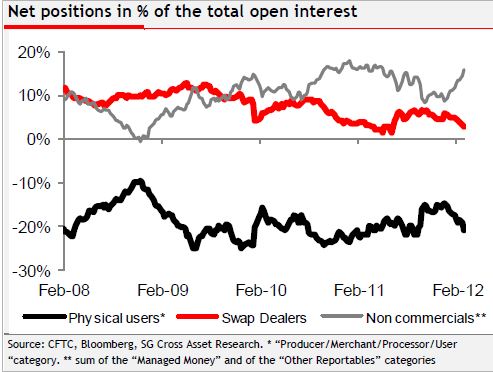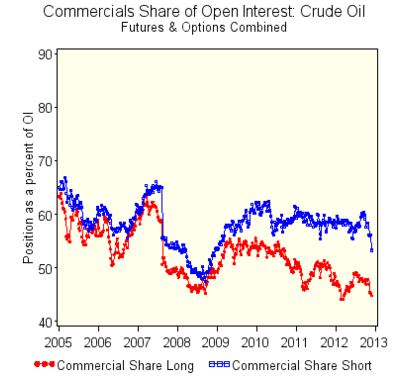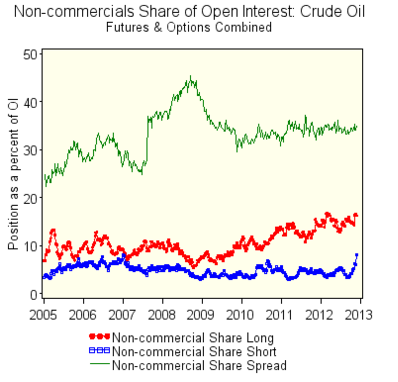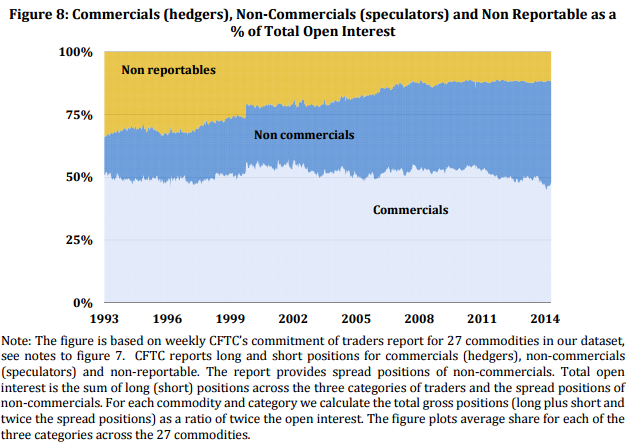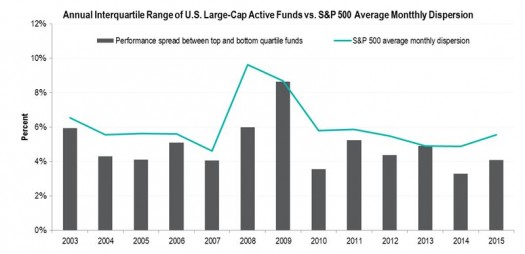Prices of existing homes rose 5.3% in the year ended December 2015, more than twice the rate of inflation. However, the pace of price increases varies across the country with the strongest gains in the west and the weakest in the northeast, as shown by the chart. Sales of both new and existing homes also vary across the country with more strength in the west.

The next S&P/Case-Shiller Home Price report will be releases at 9 AM Tuesday morning. It will show whether the west’s dominance continues and whether prices will keep climbing despite questions about the availability of financing.
The posts on this blog are opinions, not advice. Please read our Disclaimers.














































